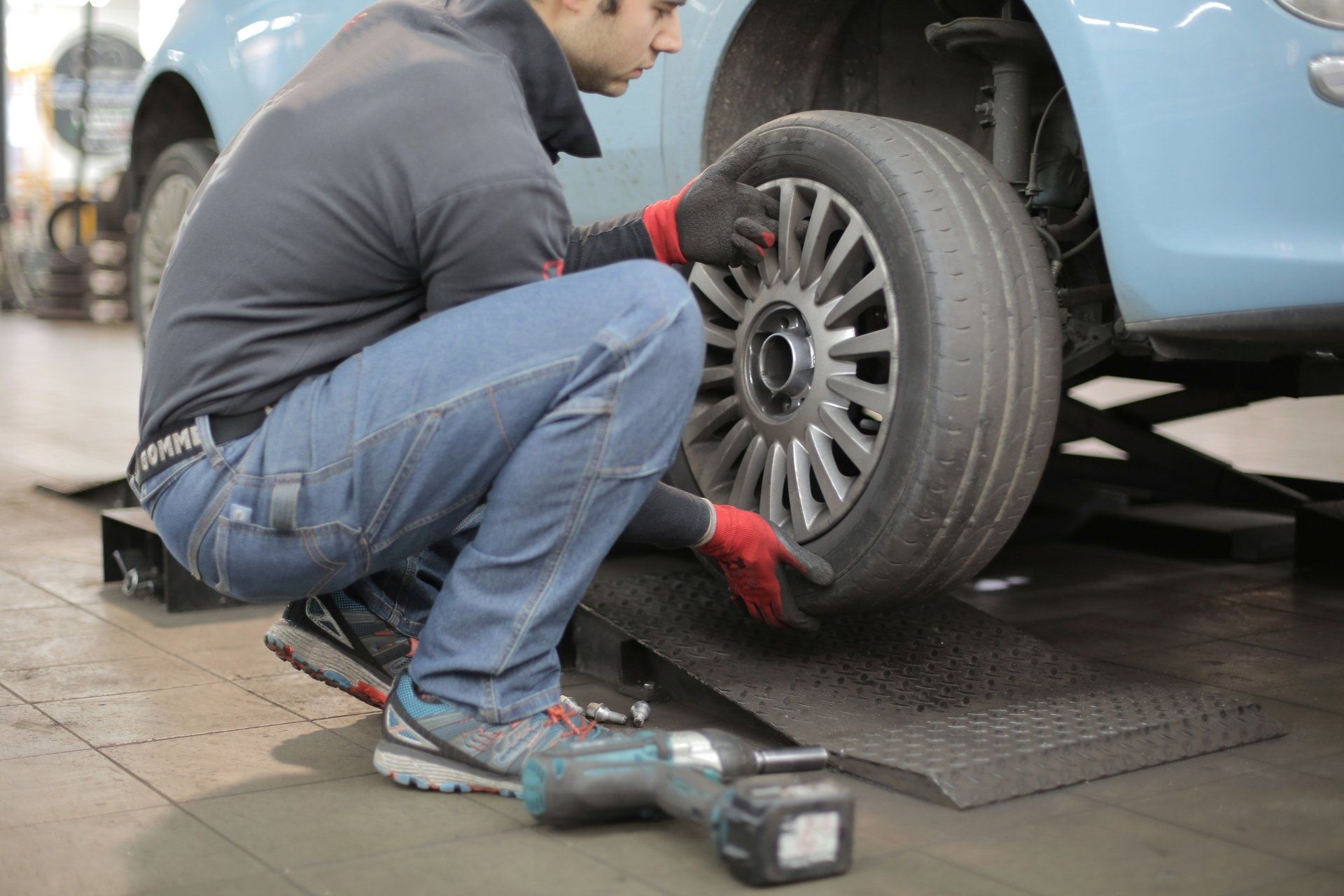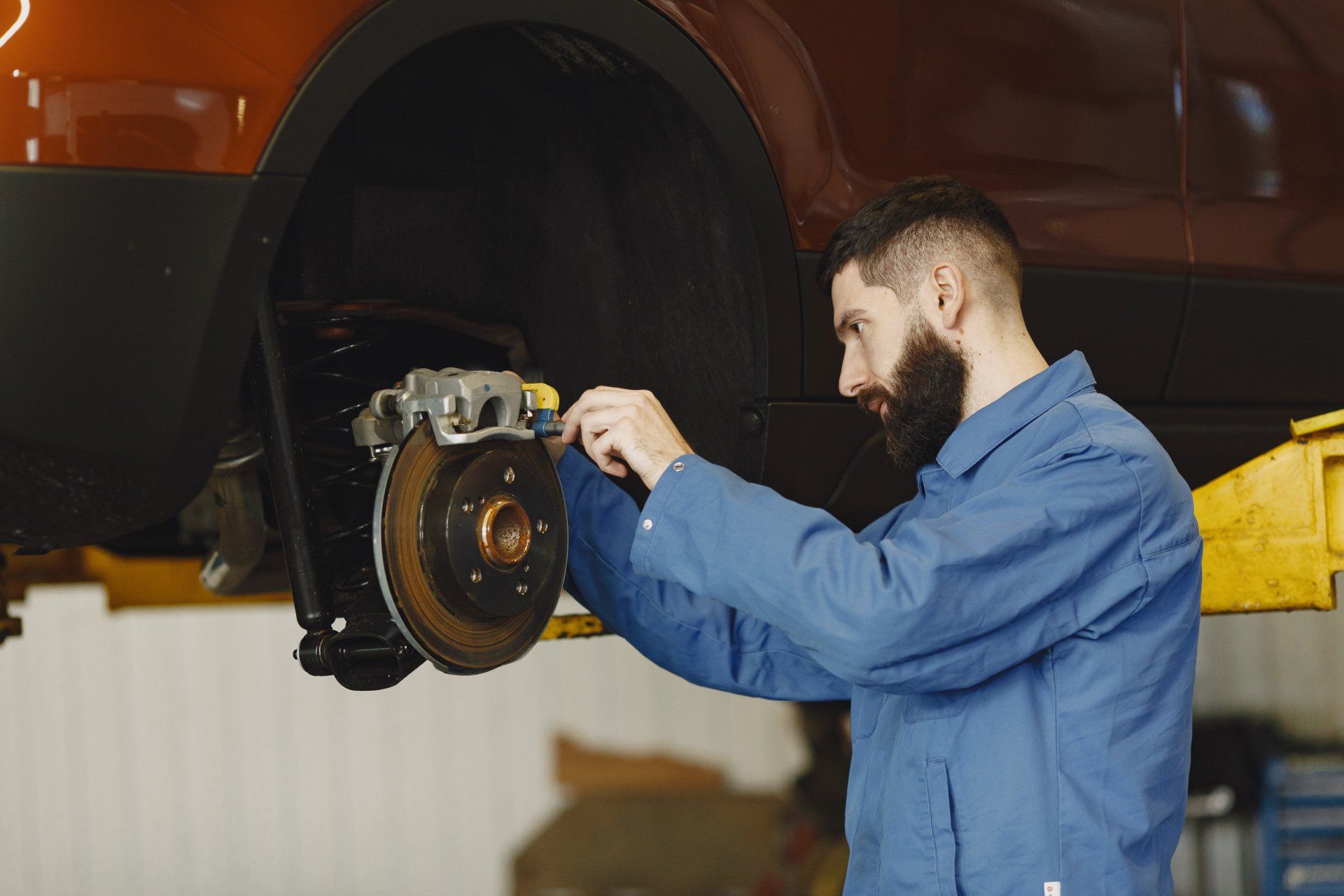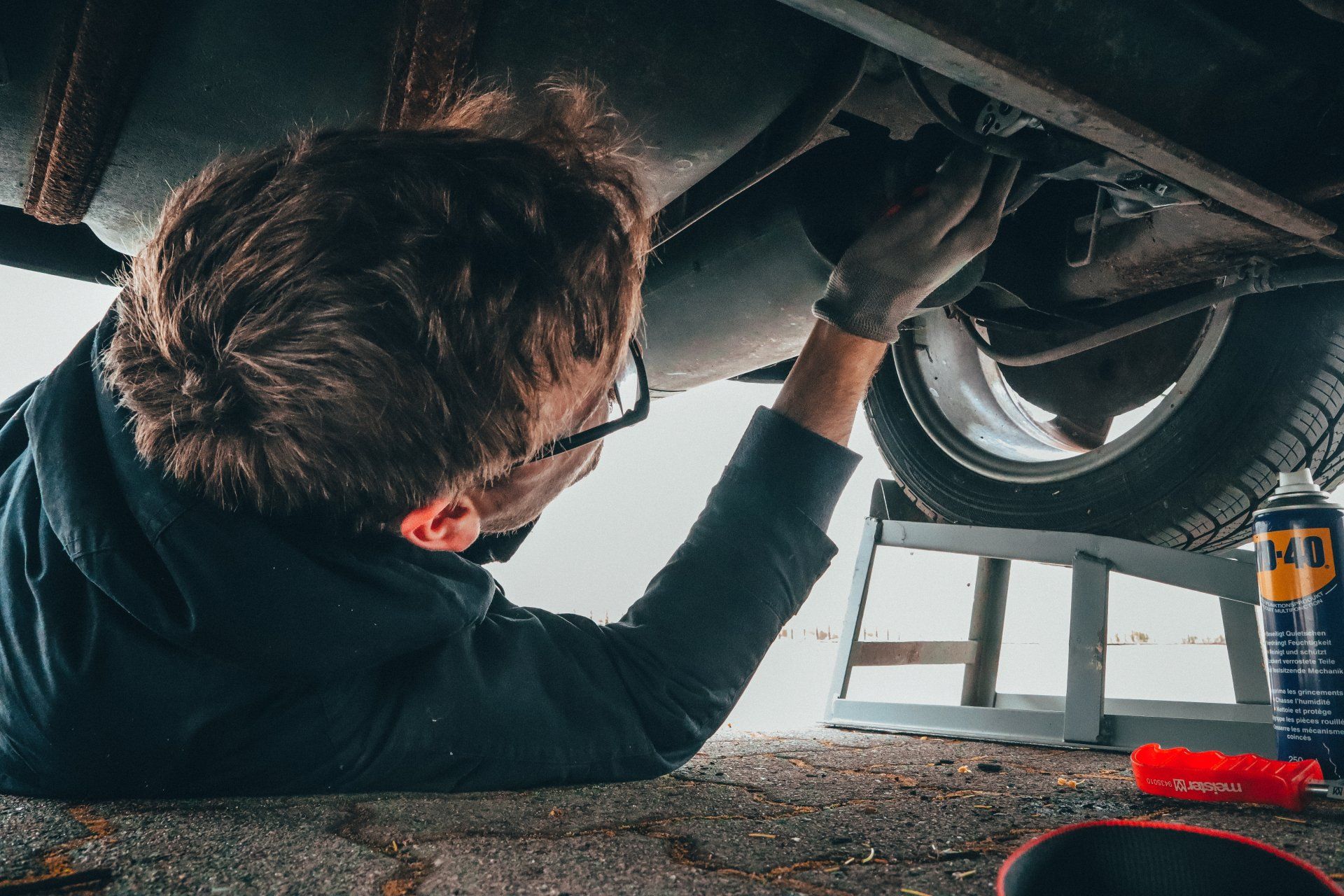Fall Maintenance Tips to Prepare Your Vehicle for Winter
As fall approaches, it’s time to ensure your vehicle is ready for the winter months ahead. At Mango Automotive, with locations in Cottonwood, The Heights, and Downtown, AZ, we’re here to guide you through the essential maintenance steps that will keep your vehicle in peak condition. Winter brings challenges like cold temperatures, icy roads, and reduced daylight hours. Ensuring that your vehicle is well-prepared can prevent costly repairs and keep you and your loved ones safe. Let’s dive into some key maintenance tips you can follow to winterize your vehicle.
1. Inspect Your Tires for Tread Wear and Pressure
Tires are your car’s only contact with the road, so maintaining them is crucial. As temperatures drop, tire pressure tends to decrease, which can lead to uneven wear and reduced traction on icy roads. Before winter hits, inspect your tire tread depth and check for any signs of wear. At Mango Automotive, we recommend switching to winter tires if you live in areas prone to snow and ice.
What to Do:
- Check the tread depth. Use the penny test: Insert a penny into the tread with Lincoln's head facing down. If you can see his entire head, it’s time for new tires.
- Check tire pressure weekly as the temperature fluctuates.
- Consider winter tires for added traction in snowy conditions.
2. Replace Windshield Wipers and Refill Washer Fluid
Clear visibility is non-negotiable when driving through winter storms or early morning frost. Windshield wipers tend to wear out faster than we realize, especially after summer heat. Replacing them before winter ensures you’ll have clear vision during rain, sleet, or snow. At Mango Automotive, we also recommend switching to winter wiper blades designed for heavy snow and ice.
What to Do:
- Inspect your current wipers for cracks or wear.
- Refill your windshield washer fluid with a winter-specific formula that won’t freeze in cold temperatures.
- Test your defroster to ensure it works properly.
3. Test Your Battery
Cold weather can reduce your battery’s power, making it harder to start your vehicle in freezing temperatures. Batteries that are more than three years old are at a higher risk of failure during the winter months. At Mango Automotive, we offer battery testing and replacement services to ensure your vehicle will start reliably all winter long.
What to Do:
- Test your battery’s voltage at any of our Mango Automotive locations in Yuma, AZ, or Downtown, AZ.
- Inspect battery terminals for corrosion and clean them if necessary.
- Consider replacing a battery that is three years old or older.
4. Check Your Vehicle's Heating System
There’s nothing worse than a heating system that fails in the dead of winter. Your car’s heater doesn’t just keep you warm—it also helps keep your windows clear of fog and frost. At Mango Automotive, we offer thorough heating system inspections to ensure everything is functioning correctly before the cold sets in.
What to Do:
- Test your heater and defroster before the first cold snap.
- If you notice weak airflow or unusual smells, it could indicate a clogged heater core or faulty fan, which our expert technicians can address.
5. Inspect the Brakes
Stopping distances increase on icy roads, so it’s essential that your brakes are in top condition. Squealing, grinding noises, or a longer stopping distance are signs of worn brake pads or rotors. Mango Automotive provides comprehensive brake inspections and repairs at our Cottonwood and The Heights locations, ensuring your safety all winter long.
What to Do:
- Have your brakes inspected for wear and tear.
- Replace worn brake pads or rotors.
- Ask our professionals about brake fluid replacement if necessary.
6. Examine Belts and Hoses
Cold weather can cause rubber belts and hoses to become brittle and crack. A broken belt or hose can lead to engine failure, leaving you stranded in the cold. At Mango Automotive, we’ll inspect your vehicle’s belts and hoses for any signs of wear and recommend replacements if needed.
What to Do:
- Look for cracks, fraying, or leaks in belts and hoses.
- Replace any damaged parts before they lead to bigger problems.
- Schedule a full engine checkup to ensure all systems are functioning smoothly.
7. Check Your Antifreeze/Coolant Levels
Antifreeze, or coolant, is critical to preventing your engine from freezing in cold weather. A 50/50 mix of water and antifreeze is standard, but you may need to adjust this ratio depending on your climate. Mango Automotive’s technicians can check your vehicle’s coolant levels and ensure the mixture is optimal for winter conditions.
What to Do:
- Check the antifreeze level in your vehicle’s radiator.
- Ensure the coolant system is free of leaks.
- Schedule a coolant flush with us if it’s been more than two years since your last one.
8. Prepare an Emergency Kit
Winter driving conditions are unpredictable, and it’s always a good idea to be prepared for the unexpected. A well-stocked emergency kit can be a lifesaver if you get stuck in the snow or your vehicle breaks down in freezing conditions.
What to Include:
- Blanket, gloves, and warm clothing.
- Ice scraper and shovel.
- Flashlight and spare batteries.
- First aid kit.
- Jumper cables and a portable battery charger.
Trust Mango Automotive for Your Winter Car Care
At Mango Automotive, serving Cottonwood, The Heights, and Yuma, AZ, we pride ourselves on helping our customers keep their vehicles safe and reliable throughout the year. Our expert technicians are ready to assist you with all of your fall maintenance needs to prepare for the challenges of winter. Whether it’s tire replacement, battery checks, or a full winterization inspection, we’ve got you covered. Let us help ensure that your vehicle is in top shape, so you can drive with confidence this winter.
Schedule Your Winter Inspection Today!
Winter is coming fast, but with the right preparation, you can enjoy peace of mind on the road. Contact Mango Automotive today to schedule your fall vehicle inspection at any of our Arizona locations. Our skilled team is here to provide the reliable, professional service you deserve. Let us help you stay safe and prepared for the months ahead.











